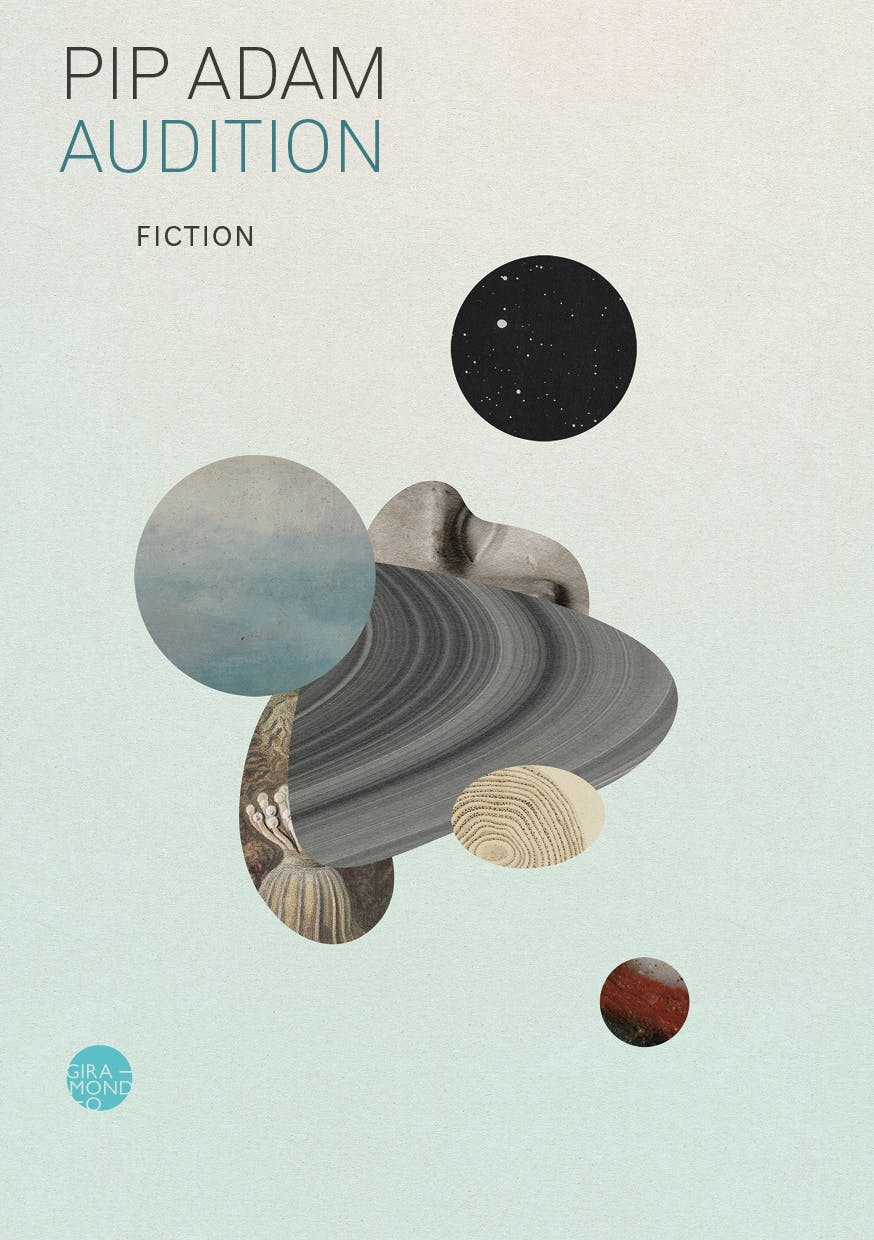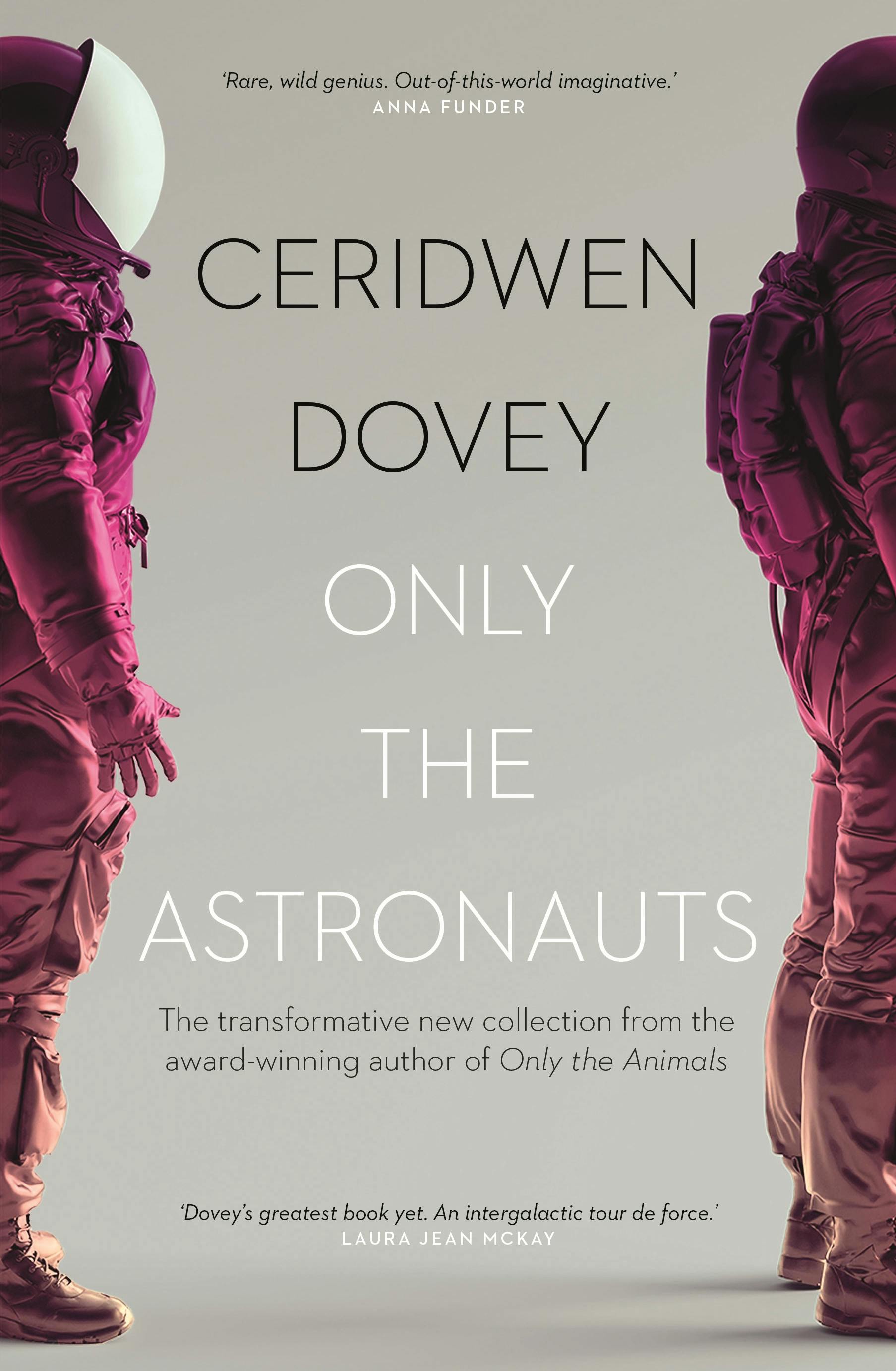It’s possible to argue that all space tales are ultimately geared towards answering questions about life on Earth – including The Three Body Problem, which deploys highly detailed descriptions of alien technology, future space travel, and interstellar physics to tell its story about humankind’s hypothetical response to an existential threat. But if one is going to go through the trouble of overcoming the many obstacles that space presents to writers (the problem of scale, the problem of unknowability, the problem of language which refers us always back to Earth) then one might expect the realm of outer space – its physics, its strange beauty, its pressures on the physical body – to be of some inherent interest to the author.
Comprising five stories narrated by human-made objects sent into space, Ceridwen Dovey’s Only the Astronauts is both speculative and rigorously researched. As is the case with the giants of Audition, the further the object-narrators travel from Earth’s culture, the closer they come to encountering their own sense of worth and being. The fact that they are deemed disposable is precisely what allows them to venture where human bodies cannot. Only the Astronauts functions as a follow-up to Dovey’s previous collection, Only the Animals, in which the souls of ten animals killed in human conflicts recount the stories of their deaths. Across both collections, Dovey’s work interrogates the criteria by which Western anthropocentrism distinguishes between the living and the inanimate, as well as the way in which these expectations find their way into literary norms. If the human is often thought to exist at one end of a spectrum (representing life), and the object at the other (representing non-life), then the animal is largely understood as something in the middle. The move to the object-narrator, then, is a journey to the outer limit of what might be deemed a useful perspective or a valid authorial voice.
It is the human-created objects of Only the Astronauts who seem to be sentient, not the natural objects: there are talking and thinking mannequins, space stations, probes, and even space tampons, but no talking asteroids. As is often the case with object-narrators (the toys in Toy Story, the cars in Cars, the appliances of The Brave Little Toaster), these objects are oriented affectionately towards humans, operating under the belief that to be put to use is to be honoured. This trope makes sense: so many of humankind’s technologies are devised as proxies and prosthetics, and our relationship with them is one of extreme intimacy. The tragicomedy of Dovey’s collection arises from this affection and intimacy being largely one-way. Our objects hold us, support us, extend, and stand in for our bodies. They do so until they break – at which point, for the most part, we throw them away.
The first story, ‘Starman’, is a kind of Pinocchio tale in which a mannequin, bolted into position and launched into space in a midnight-cherry Tesla convertible, pines for his human astronaut lover. In the collection’s final story, ‘Hackgold | Hacksilver’, Starman reappears on an alien planet, spurned and embittered. Coming across the golden record carried by Voyager II, he feels the historic compilation to be ‘a record only of the human tyranny over other things, living and non-living’. Meanwhile, Voyager II contemplates the cruelty of the fact that it has been engineered to communicate with humans on Earth but not with its ‘twin sister’, the only other ‘thing’ that might understand its decades-long solitary quest across the universe. In ‘Requiem’, the International Space Station prepares to be decommissioned and buried in the ocean. ‘In my low orbit, I’m not immune to the pull of Earth’s atmosphere’, it reflects mournfully. ‘I’ve had a taste of what it will be like to give in to that pull, to stop resisting.’
No one knows a human butt better than a chair. No human knows a tooth like a toothbrush does, nor skin like a band-aid, nor a hand like a smartphone. The ISS-narrator of ‘Requiem’ watches its inhabitants with curiosity and affection, witnessing small triumphs, failures, and challenges that are both relatable and minutely specific to the experience of living in a space station. One astronaut watches a sitcom and laughs so hard she cries, the sight of her floating teardrops setting off a new uncontrollable bout of laughter. Another writes down a sexual dream, and is so aghast at the idea that someone might find it that he scrunches the paper into a ball and swallows it. Another finds himself ‘thinking about the psychological impact of astronauts needing to be aware of their bodies at all times while constantly denying the fact of their bodies by being required to suppress all awareness of themselves as sexual beings’.
In imagining their tender one-sided observations on human life, Dovey also acts as an attentive witness to the intimate lives of her fictional objects: the object-narrator, in other words, is not simply an empty vessel for human musings, but a real thing – made of metal and plastic and cotton, just as we are made of blood and water and calcium carbonate. It’s not just a gimmick. There are advantages to inhabiting an object’s perspective, not least a much broader reach in where that perspective can go. The human body cannot exist in outer space without being insulated within a suit, but the object-narrator can float in space and truly feel the void. In ‘Hackgold | Hacksilver’, Voyager II describes its passage towards the inner Oort cloud:

